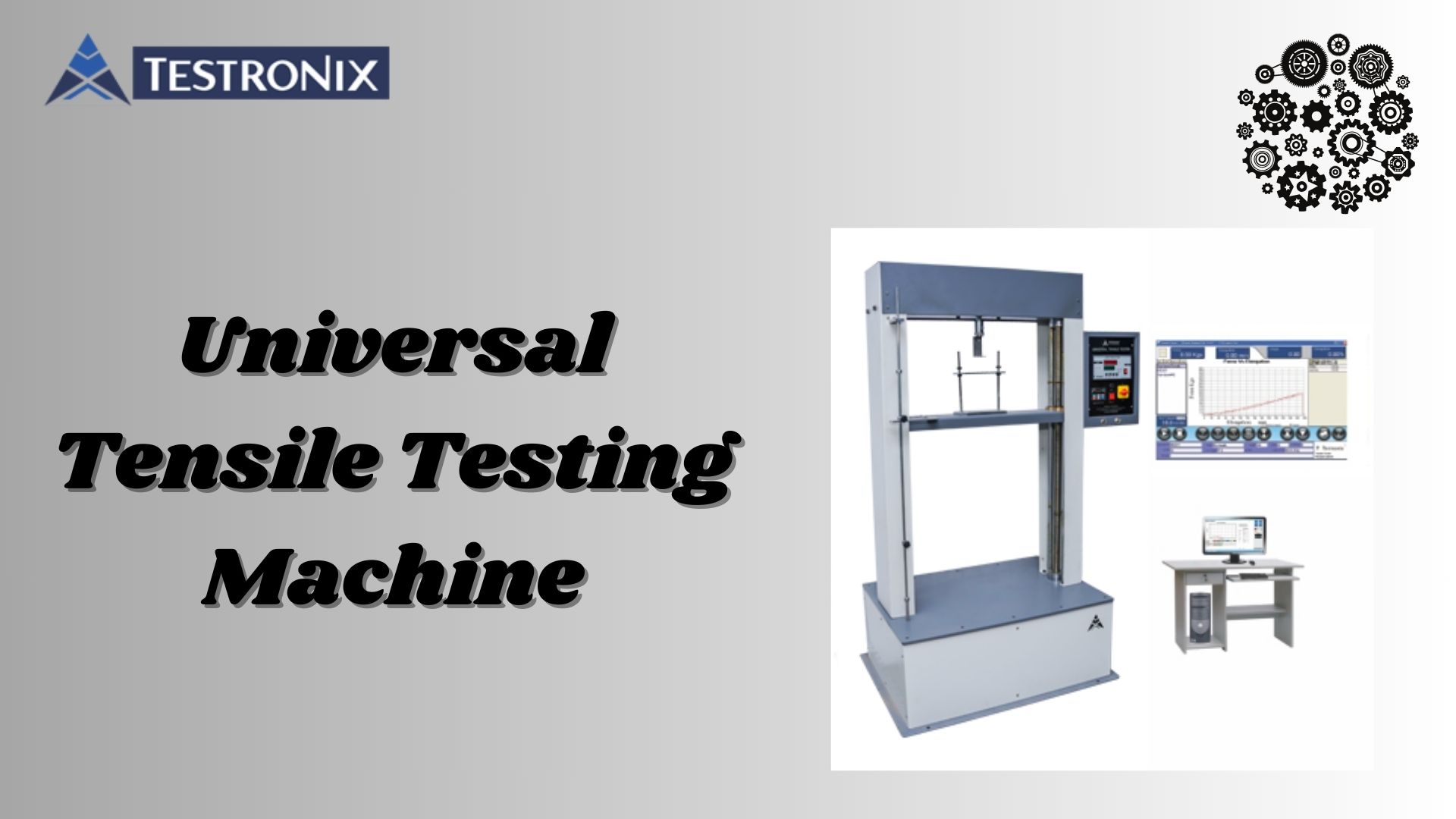 High-Converting Funnels – From Ad Click to Final Sale!
High-Converting Funnels – From Ad Click to Final Sale!
Overcoming the Inability to Detect Surface Defects with Optical Comparator
Written by writerworld » Updated on: June 17th, 2025

Every time that an attempt is made on using ordinary measuring instruments, it is always a great challenge to determine distortions such as scratches, burrs, or other undulations on the surface of the material in consideration. A more suited solution is finding an optical comparator that can detect such small deviations which is usually not noticeable. Without such refined instruments, subordinate features, in the meantime, might be easily ignored, leading to low product standards and performance, making it virtually impossible to achieve precise quality control.
The optical comparator also referred to as a profile projector machine, eliminates this problem through the enlargement of the part surface and projection of this image on a screen. This non-contact inspection method can ensure that surface defects, no matter how small, are captured. It helps manufacturers check the quality of their products in real-time as a guarantee of strict production standards.
Understanding Surface Defects and Their Impact
The Surface defects are flaws in the material. This could be any kind of manufacturing material, be it metal, plastic, or something else. Such minor imperfections may lead to considerable performance problems because they may affect the fit, finish, and even functionality of the final product. For this, the profile projector machine can detect the defects such that they can be excluded in the process for smooth flow. In the automotive industry, as well as in aerospace and other high-tech sectors, minor imperfections can lead to:
Reduced product lifespan
Customer dissatisfaction
Product failure
The traditional tools used in measuring parts and surfaces are calipers and micrometers. However, these tools cannot detect surface defects that are not easily seen by the naked eye. This is where the optical comparator comes in, offering a solution that improves accuracy and ensures that all surface defects are identified before the product reaches the customer.
The role of the optical comparator in surface defect detection
The optical comparator is one of the highly developed tools providing a clear surface inspection with precise measurement. Optical technology allows projecting an enlarged image of a part onto a large screen. This helps operators identify scratches or irregularities that might have gone unnoticed otherwise. It does not use traditional measuring tools to provide a non-contact inspection of the part; it does not even damage any delicate surfaces as part of the inspection.
One of the most important advantages of using an optical comparator is that it is highly sensitive to the detection of even very fine defects. This comparator, with its magnification, can be used to inspect the tiny parts or even minute details. Even minor scratches or burrs can be seen clearly, and therefore every product is checked properly before entering the production line or before reaching the customer.
Profile Projector Machines that Apart from the Optical Comparator
Another highly potent tool in the detection of surface defects is the profile projector machine. The profile projector machine is like the optical comparator, but instead of projecting a two-dimensional image of a part, it projects a view that details the profile of a part. This comes in handy when detecting surface defects that would otherwise pass undetected in standard measurements. The profile projector machine helps the operators to view in detail the contours and surface features of the part under scrutiny, hence becoming very useful in industries where surface quality is an essential parameter.
Both the optical comparator and the profile projector machine have different advantages in detecting surface defects. The shadowgraph is well suited for flat parts, but the profile projector machine is excellent for checking profiles of complex shapes. If these two tools are combined, one will be able to improve the accuracy and efficiency of the quality control process.
Benefits of the Optical comparator tool
The optical comparator provides many advantages regarding surface defect detection. Because of its high precision, it is very efficient. Moreover, the use of advanced magnification and no-contact technology, ensures even the smallest imperfections get detected, thus improving the quality and performance of the products.
The following are some of the benefits of the Optical comparator:
Better Precision
This tool is very precise for surface defect measurement. The optical comparator has magnification abilities that ensure that even the tiniest imperfections will be detected, providing a representation of the part's surface.
Non-Contact Inspection
The main advantage of using an optical comparator is its non-contact measurement. This reduces the risk of damaging delicate parts during inspection processes, especially for materials that are sensitive to physical contact.
Enhanced Productivity
The inspection time is reduced, as the shadowgraph allows quick detection of surface defects, and hence productivity is improved in the production process. Faster inspection cycles may mean more products are processed in less time.
Consistency is Improved
Traditional inspection techniques carry a risk of human mistakes, especially in identifying microscopic surface flaws. An shadowgraph ensures that the process for inspecting every part has consistency and repeatability that guarantees equal accuracy and attention will be given to each piece for inspection.
Profile Projector Machine: Another Layer of Precision
The use of an optical comparator is powerful; including the profile projector machine in the process makes possible the provision of extra detailed information. The profile projector machine allows viewing a part's profile so that surface imperfections on the part would not be missed which one's naked eye can ignore. It is an excellent complement for use with the optical especially on parts that have quite complex shapes or contours.
Conclusion
In summary, using the conventional methods, the surface defects like scratches and burrs cannot be detected. This is because an optical comparator provides accurate magnification for the detection of even the smallest imperfections. Also, a profile projector machine gives a very detailed view of complex parts. This way, no surface flaw goes unnoticed. These instruments enhance inspection accuracy, save time, and ensure products meet the high standards set for quality. They are, therefore, indispensable in any industry where precision is required.
Note: IndiBlogHub features both user-submitted and editorial content. We do not verify third-party contributions. Read our Disclaimer and Privacy Policyfor details.
Copyright © 2019-2025 IndiBlogHub.com. All rights reserved. Hosted on DigitalOcean for fast, reliable performance.













